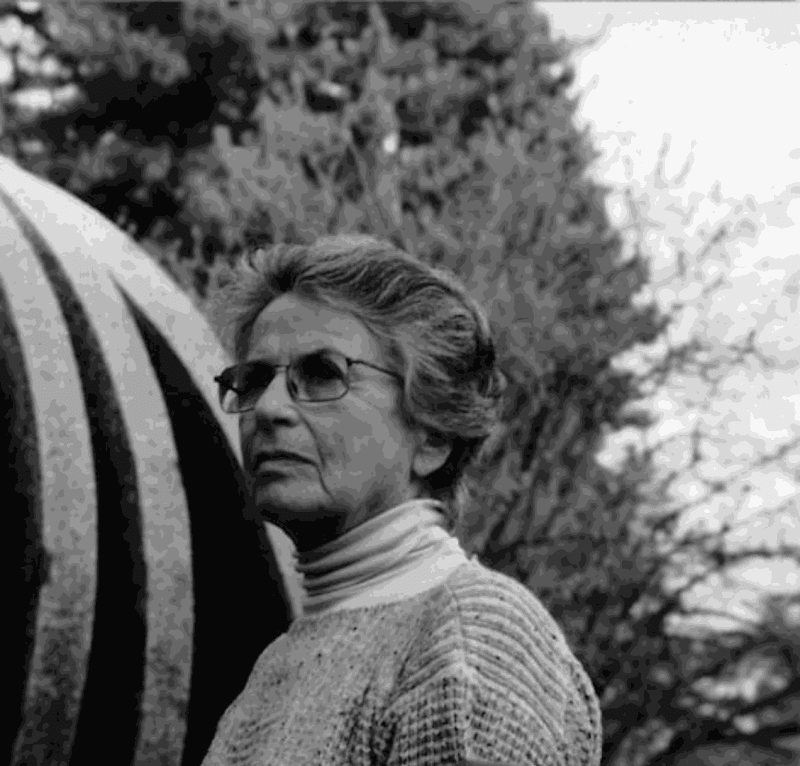“I seek to create a balance that gives my sculptures a life of their own.”
Marta Pan is a French artist of Hungarian origin. Born in 1923 in Budapest, Marta Pan arrived in Paris in 1947 after studying at the Academy of Fine Arts in her native city.
Initially inspired by flora and other organic forms such as fruits, shells and roots, which she transposed to plaster and clay, she quickly evolved towards increasingly simple lines, focused on abstraction.
In 1952, she married the architect André Wogenscky, a close disciple of Le Corbusier, marking the beginning of a new aesthetic in Marta Pan's work, in which architecture, the environment, the work of art and the relationship between these same elements play an important role.
Her early sculptures are composed of combined modular elements, each with its own independence. Her sculptures, normally installed in ponds, induce a series of variations in form, following an infinite rhythm.
Marta Pan began to work with wood, and some of her works were used as settings for dance performances, notably in the creations of Maurice Béjart. Balance en Deux (1961) was her first monumental commission, for the park of the Kröller-Müller Museum in Otterlo, the Netherlands.
Other works followed, such as for the Maison de la Culture in Grenoble, in collaboration with her husband; for the Faculty of Medicine in Saint-Antoine; for the European Parliament in Luxembourg; and for the entrances to the Auber metro station in Paris.
In a perspective of constant research, she explored new possibilities with recent industrial materials such as oxidized aluminum, acrylic or polyester. Her geometrically pure works, closely linked to concrete thinking, are characterized by a contemplative intensity.
Throughout her career, Marta Pan created numerous monumental sculptures as well as the design of natural and urban spaces throughout the world, mainly in Japan. In 2001, she was awarded the prestigious Praemium Imperiale in Tokyo. Marta Pan died in Paris, at the age of 85, in 2008.
